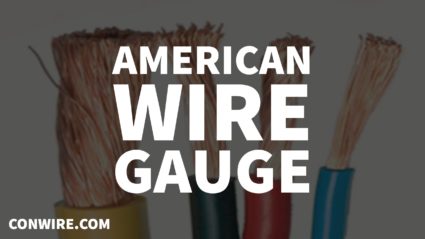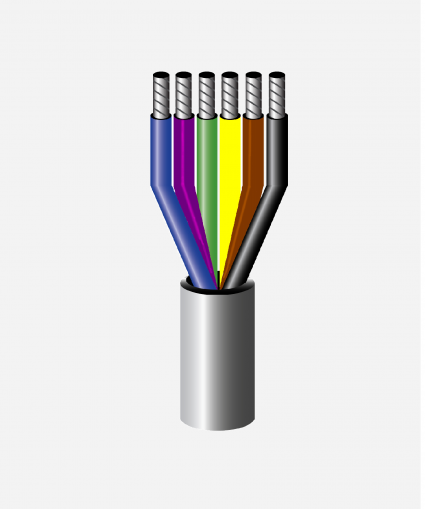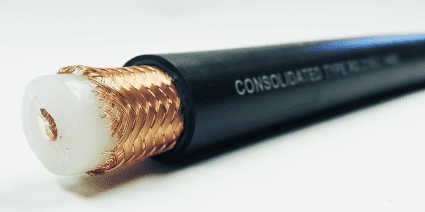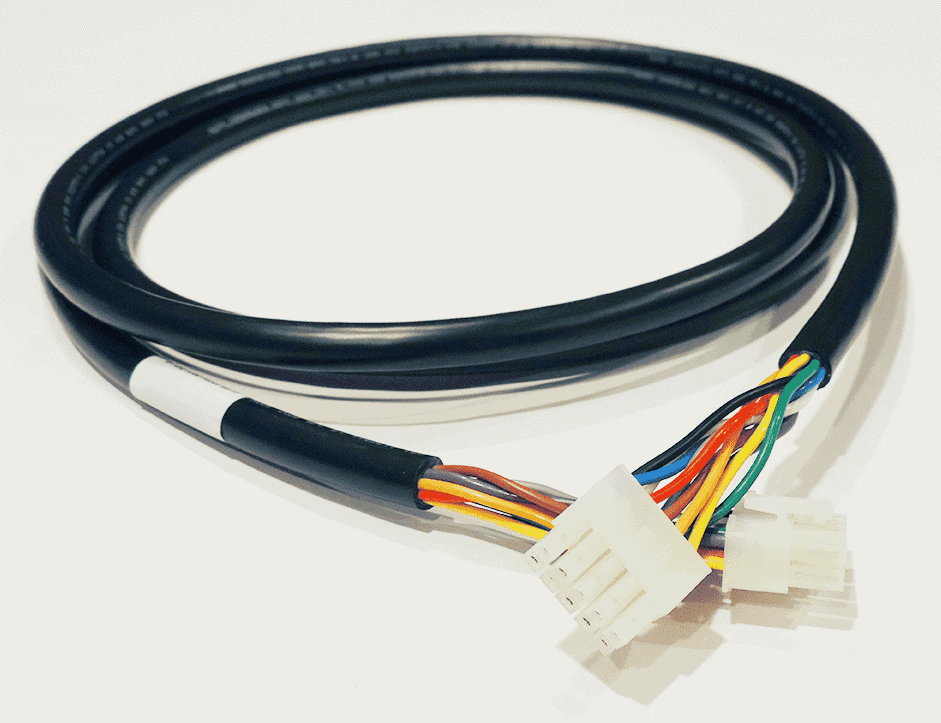Evaluating the needs of a particular project and familiarizing yourself with gauging systems and the qualities of particular gauges can help to ensure the right wire selection.
American Wire Gauge (AWG) is the official United States standard method for measuring round, solid conductors. The measure, or gauge, denotes the cross-sectional areas of a wire and thus helps to determine its capacity for carrying current as well as resistivity.

Gauges are based on whole numbers, of which there are 44 standard AWG sizes, along with size 00, 000 and 0000. Gauging is named by the number of dies a standard wire size passes through during production, and every six gauge increase is the equivalent to a doubling of the wire’s diameter. Every three gauge increase is roughly a doubling of the wire’s area.
Higher gauge, or thinner wire, is broadly optimal for long distances and maintaining conductivity. It’s also more common to find solid wire in a higher gauge.
A wire with a lower gauge number refers to thicker wire. It can carry more amps at a time, but depending upon the application it may not be as effective. The thicker a wire, the more likely it will be most effective as a stranded product.
Wires larger than 0000 or 4/0 are typically measured in 1,000 circular mils (kcmil or MCM), where one cmil is the area of a circle with a diameter of one mil (1/1,000 inch). Also applicable to smaller wires and easily found with a simple formula, the circular mil area of a solid wire is always the equivalent of that wire’s diameter in mils, squared.
Stranded Wire and Gauge
Because of air pockets and varying types of insulation in stranded wire, gauges aren’t quite as straightforward, especially to the naked eye. For any given size in AWG, the stranded wire will take up more physical space than a solid wire equivalent, because the wire gauge is measured based upon the sums of each strand’s cross-sectional area (circular mils), not its overall size

Stranding also affects diameter measurements of the overall wire for the same reasons. The same gauge size in both a solid and stranded conductor can have a very different diameter, as gauge is always a measure of the size of the wire, independent of its insulation or arrangement.
Even stranded conductors with the same gauge size can display different diameters, depending upon the conductor strand types. Different strand types and quantities can produce thousands of combinations to create the ideal conductor for an application, an especially useful quality for wires in larger projects.
AWG and Resistance
The variations in AWG specifically affect a wire’s resistance, which also varies based on material for any conductor (copper, aluminum, silver, etc.). Resistance is essentially the way current will be converted to heat while moving through the wire conductor. Low resistance wire loses less energy to heat.
The larger a conductor, the lower its provided resistance. A stranded conductor tends to have larger electrical resistance than its solid counterpart.
Depending upon a wire’s application, resistance and gauge can be more or less essential. For example:
- Power Plant Systems: Minimal resistance is essential for efficient transfer.
- Speaker Circuits: Excessive resistance causes loss of high-frequency energy—the system will sound very different depending upon a proper gauge.
- Audio Interconnects: These high-impedance circuits aren’t directly affected in a meaningful way by wire gauge.
- Analog and Digital Video: Wire gauge only moderately influences signal output.
Other Gauging Systems
Not unlike the different measurement systems for volume and distance that we encounter daily, multiple gauging systems have emerged for wire over time.
For instance, the Washburn and Moen (W&M), U.S. Steel, and Music Wire Gauges govern different methods and applications specifically for steel-based wire. You may also find wire measured in Standard Wire Gauge, or SWG. This system is the official Imperial measurement, and it’s sanctioned by the British Board of Trade.
Another British system, the British Standard for metallic materials (BS 6722: 1986), is often used in replacement of SWG. It is based completely on the metric system, and includes wire among other materials. The naming in this system is based upon ten times whatever a wire’s diameter measures in millimeters. You’ll find that these wires are generally labeled and referred to directly by millimeter measurement, skipping the gauge entirely.




 () Quote Cart
() Quote Cart



Comments are closed